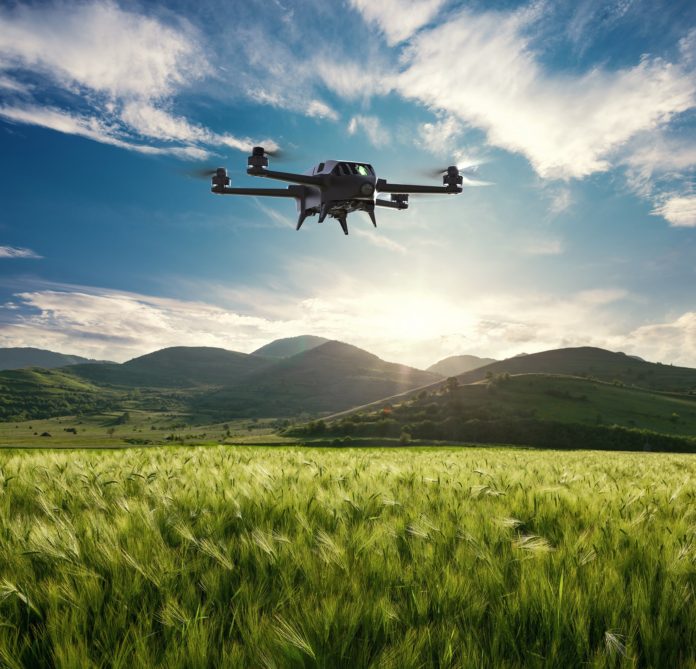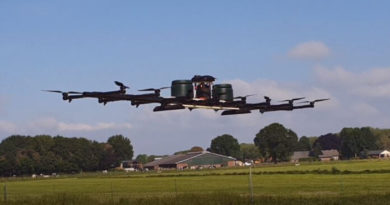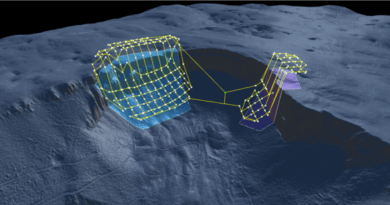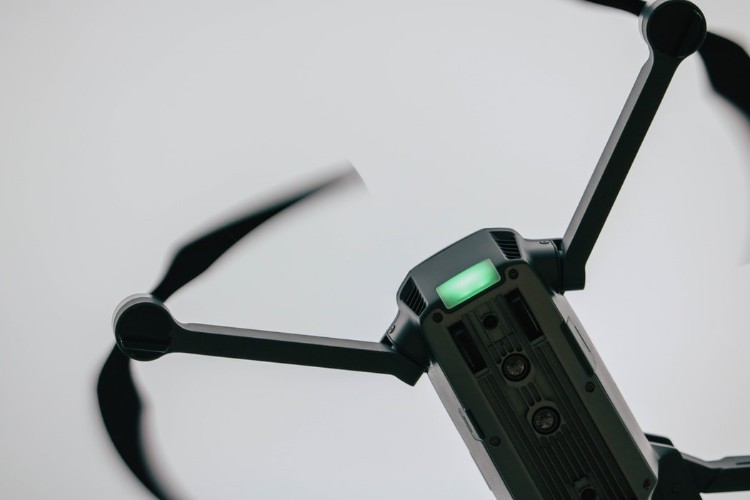How Drones Are Being Used for Crop Fertilization
Guest post by Emily Folk
Drones are becoming increasingly popular both recreationally and commercially, including in the agricultural industry. The commercial agricultural drone market is currently worth $80 million, a figure that’s expected to grow to $110 million by 2022. The use of drones to save time and resources is fairly straightforward, but farmers and scientists are still discovering new ways to integrate rotary and fixed-wing drones into day-to-day tasks.
Rotary drones are easily identifiable due to their rotors — propellers. One example is the quadcopter, which has four propellers. Rotary drones can take off and land vertically, meaning virtually any spot can be a landing pad. Another option is the fixed-wing drone, with two fastened wings similar to a miniature aircraft. These drones only have one propeller and, as a result, are able to stay in the air longer than a rotary drone.
One of the most common ways these types of drones are being used in agriculture is to tend to crop fertilization.
Analyze Soil Health
Plants need a lot of nutrients to survive and thrive. Three of those essential nutrients, nitrogen, phosphorous and potassium, come from the soil. With drones, farmers are now able to analyze soil health at the beginning of the crop cycle, creating highly accurate 3D maps. These maps can specifically pinpoint deficiencies and determine what type of fertilizer is needed plant-by-plant, allowing farmers to save time and money. Farmers can also use the collected data to monitor nitrogen levels and gain insight into efficient irrigation management.
Speed up Seeding
Many businesses have already created drone systems that plant crop seeds at a much higher rate than traditional methods. Drones, unlike heavy machinery or people, are able to cover the most rugged landscapes in a matter of seconds. These systems shoot pods filled with seeds and nutrients directly into the soil, able to plant at a rate of 120 pods per minute. While some are using this tech as a way to fight deforestation, farmers are using drone systems to save time and money when it comes to planting and fertilization.
Replace Backpack Sprayers
Drones are the most efficient fertilizer sprayers on any farm. While the use of fertilizer dates back 8,000 years ago, this new drone-powered method uses ultrasonic echoing, lasers, light-detection and more to adjust to any landscape and efficiently tend to crops. Equipped with a 20-liter tank, these drones scan the ground and spray the correct amount of liquid on only the necessary crops. The result is a more efficient fertilization process with a reduction in the amount of overspray making its way into groundwater.
Identify Nitrogen Deficiencies
Drones have become a useful tool on farms for identifying nitrogen deficiencies on a plant-by-plant basis. This technology uses drones equipped with cameras and sensors that examine the leaves of crops for symptoms related to nitrogen deficiency. This information is then fed into an algorithm that looks at factors such as weather and soil health to determine the ideal amount of nitrogen fertilizer. By locating deficiencies in a single plant, farmers can be certain when fertilization is necessary and potentially reduce the amount of waste.
Aid Pest Control
Many farmers are using drones as a method of early pest detection. These drones are able to effortlessly fly through fields to detect and treat pests. Once critters have been located, these drones have the ability to autonomously treat the issue with a calculated dose of insecticide. Another method of pesticide-free treatment being tested in an electric bug zapper suspended beneath the drone. The technology is primarily used at night, with infrared and thermal cameras to detect bugs and critters who may be gathering in large numbers.
Drones in Crop Fertilization
Drones are a tool, just like any other machine found on a farm. Their primary use is to make routines more efficient, reduce waste, increase yield and save money. The technology is already available to help farmers create 3D maps of their fields and tend to plants on an individual level. With technology rapidly advancing, what kind of agriculture technology do you think is on the horizon?
Author Bio:
Emily is a green tech writer who covers topics in renewable energy and sustainable design. You can read more of her work on her blog, Conservation Folks.



